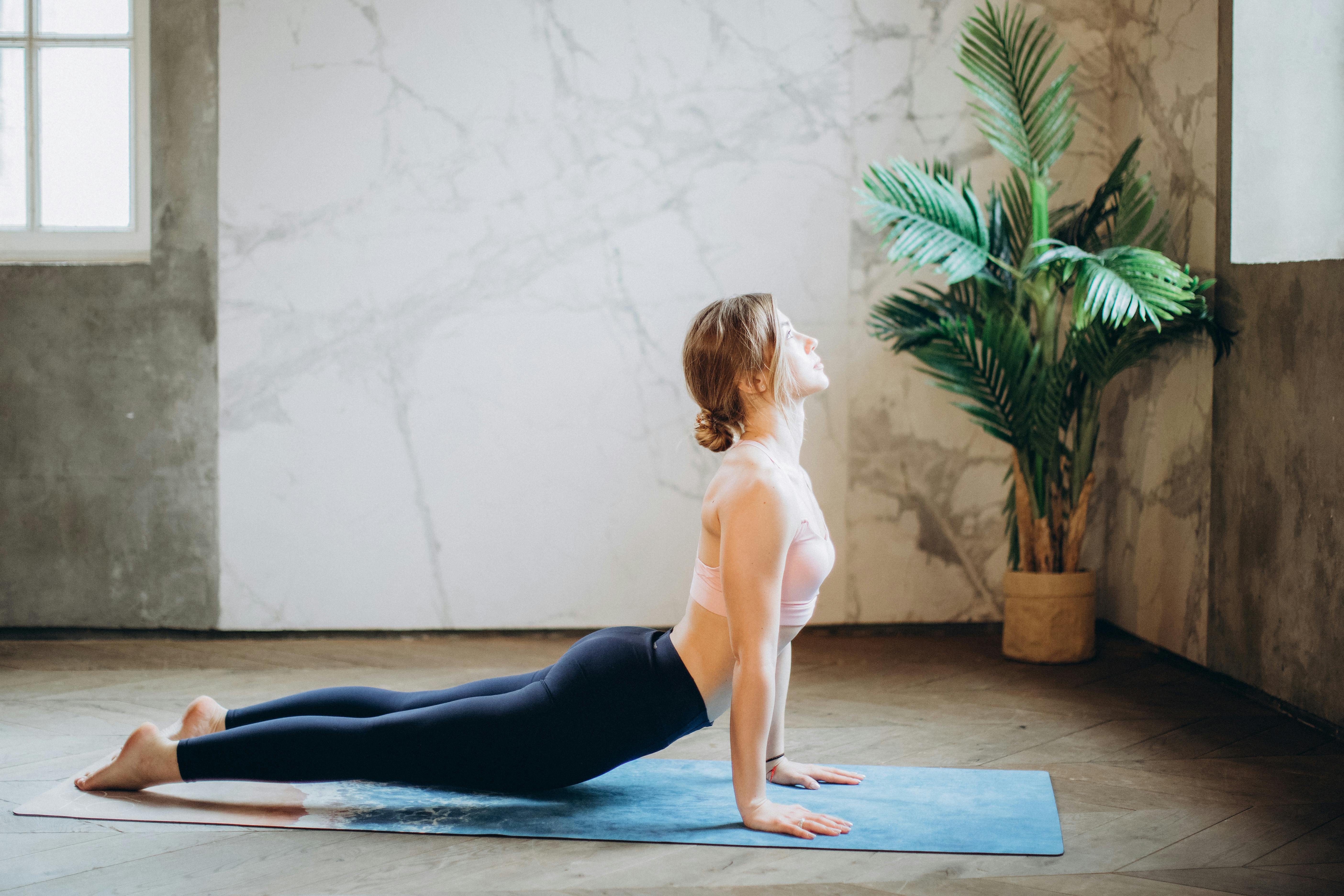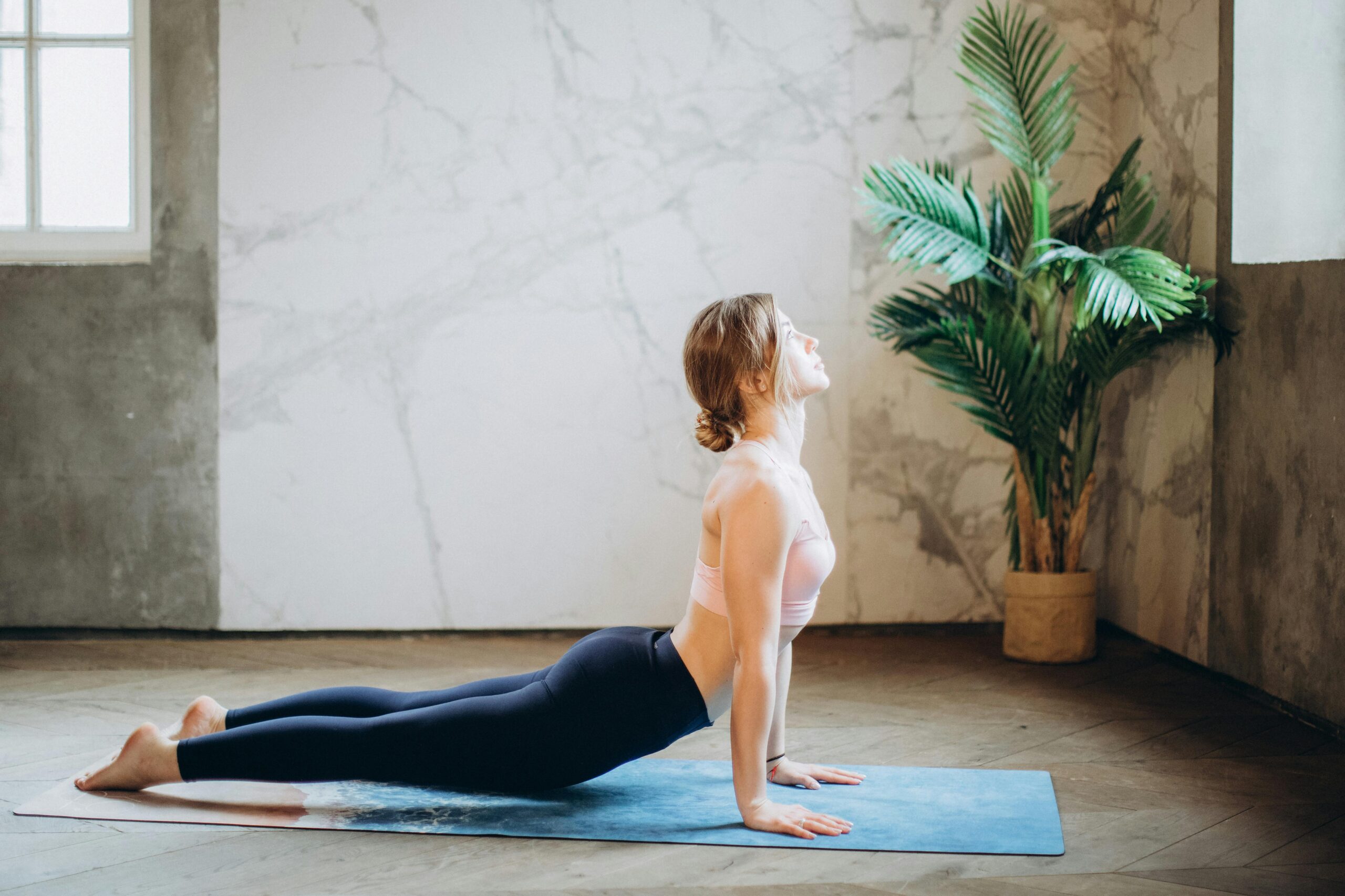Proven Tips for a Healthy Body and Mind
Maintaining a balanced lifestyle has become more essential than ever. With increasing stress, sedentary routines, and processed diets, prioritizing wellness is not a luxury—it’s a necessity. In this comprehensive guide, you’ll learn practical tips for a healthy body and mind, complete with expert-backed strategies, actionable steps, and long-term benefits.

Understanding the Fundamentals
Before diving into advanced techniques, it’s crucial to understand the core principles of maintaining physical and mental well-being. The foundation of health lies in consistency, awareness, and proactive behavior, which have evolved over centuries from basic survival instincts to modern holistic wellness models.
Whether you’re focused on boosting energy, improving focus, or building physical endurance, grasping these fundamentals will help you integrate better habits. Think of them as the roots of a tree—unseen but vital to everything else that grows above ground.
1.1 Physical Wellness Foundations
Physical wellness includes regular exercise, nutrition, sleep, and hydration. According to the CDC, only 23% of U.S. adults meet recommended physical activity levels. Simple habits like daily walking, stretching, and strength training can dramatically enhance longevity and quality of life.
From walking 10,000 steps a day to practicing good posture, every small action adds up. A common misconception is that fitness requires extreme workouts—when in reality, consistency in moderate activity is more impactful for overall health.
1.2 Mental Health Essentials
Mental wellness focuses on emotional regulation, stress management, and cognitive clarity. Unlike physical fitness, mental well-being isn’t always visible, yet it profoundly affects decision-making, relationships, and productivity.
Regular mindfulness practice, journaling, and mental breaks can significantly reduce anxiety and burnout. Unlike the outdated belief that mental health only applies during crises, modern approaches emphasize daily maintenance and emotional literacy.
Practical Implementation Guide
Understanding is only half the journey—applying what you know makes the difference. This section outlines how to bring tips for a healthy body and mind into your daily routine. With steady effort, measurable progress becomes inevitable.

2.1 Actionable Steps
- Set Smart Goals: Define clear, measurable objectives like “walk 30 minutes daily” or “drink 2 liters of water a day”.
- Use Tools and Apps: Track progress with apps like MyFitnessPal, Headspace, or wearable devices that monitor sleep and heart rate.
- Create a 30-Day Plan: Commit to 30 days of routine for new habits. Break it into weekly milestones and journal your progress daily.
2.2 Overcoming Challenges
Many people face motivation dips, time constraints, or conflicting priorities. Recognizing these early helps you stay resilient. Common barriers include:
- Lack of time: Try micro-habits like 5-minute stretches or 10-minute meditations.
- Burnout: Schedule rest days and practice breathing exercises.
- Self-doubt: Reflect on your “why” and surround yourself with support systems.
Experts recommend creating visual cues, like sticky notes or alarms, to stay accountable. Don’t aim for perfection—aim for progress.
Advanced Applications
Once you’ve built foundational routines, it’s time to level up. These advanced tips for a healthy body and mind are designed to refine your wellness journey. Progress to these techniques when your baseline habits feel automatic and enjoyable.

3.1 Integrative Wellness Practices
Techniques like intermittent fasting, biofeedback, and contrast therapy are gaining popularity. For example, studies show that cold plunges can improve circulation and reduce inflammation. Similarly, breathwork has been linked to enhanced lung capacity and emotional resilience.
Track performance using heart rate variability or sleep quality metrics. These data points help personalize your wellness routine with greater accuracy.
3.2 Personalized Wellness Stacks
Pair mental and physical habits for stronger synergy. For instance, practice gratitude journaling immediately after a workout. This conditions your brain to associate physical exertion with positive mental outcomes.
Ensure your wellness stack aligns with your lifestyle. Night owls may benefit from evening workouts and nighttime meditations, while early birds might find success with morning routines.
Future Outlook
The wellness industry is constantly evolving, driven by AI, personalized data, and a growing global emphasis on mental health. Expect tools that integrate biometric feedback with behavior tracking, offering ultra-personalized health insights.
In the next 3-5 years, mental health tech will become more mainstream, and preventive care will dominate healthcare discussions. To stay ahead, adopt a lifelong learner mindset and embrace new tools that align with your personal growth journey.
Conclusion
Here are three key takeaways: First, physical and mental health are deeply connected. Second, small daily actions lead to long-term success. Third, personalizing your wellness journey makes it more sustainable.
Now is the time to take control of your well-being. Start with one habit today—whether it’s a morning stretch or five minutes of silence. Your body and mind will thank you.
Frequently Asked Questions
- Q: What’s the easiest way to start improving my health? Begin with daily 15-minute walks and replace one processed meal with whole foods.
- Q: How do I get started with mental wellness? Try a simple breathing exercise or download a mindfulness app to begin small.
- Q: How much time does it take to see results? Most people notice changes in energy and mood within 2–4 weeks of consistent effort.
- Q: Is it expensive to live a healthy lifestyle? Not necessarily—walking, home cooking, and journaling are low-cost, high-impact practices.
- Q: How does this compare to diet-only approaches? While diet helps, combining it with mental care and movement delivers better, lasting results.
- Q: Is it hard to learn mindfulness? Not at all—start with 2-minute daily pauses. It’s more about consistency than technique.
- Q: Can I apply these tips at work? Absolutely. Try desk stretches, mindful breaks, and healthy snacks to boost workday wellness.
